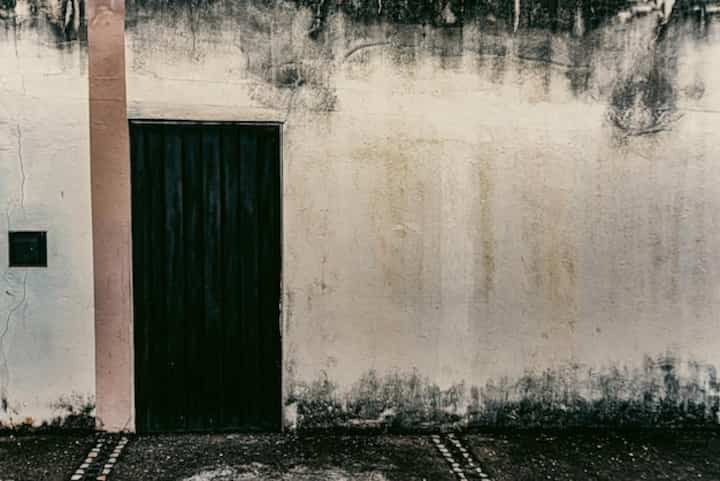
Unveiling the Best Mold Thermal Imaging Inspection Services
Mold is a common problem that many property owners face, often lurking in unseen areas and posing health risks. Detecting mold growth efficiently and accurately is crucial for maintaining a safe environment. One of the most advanced methods for identifying hidden mold issues is through thermal imaging inspection services. This article delves into the best practices and benefits of using thermal imaging for mold inspections, providing property owners with necessary insights to address this issue effectively.
The Advantages of Thermal Imaging in Mold Inspection
Thermal imaging has revolutionized the way mold inspections are conducted, offering numerous advantages over traditional methods. Here are some of the key benefits:
- Non-Invasive Detection: Thermal imaging allows inspectors to detect potential mold issues without intrusive sampling methods.
- Early Problem Identification: By identifying temperature differences, thermal imaging can detect moisture problems before mold becomes visible.
- Comprehensive Coverage: This method covers a wide area quickly, ensuring no potential mold growth is overlooked.
- Time and Cost Efficiency: Since it speeds up the inspection process, thermal imaging can save both time and money compared to traditional methods.
Key Features of Quality Thermal Imaging Services
When selecting a thermal imaging inspection service, certain features should be prioritized to ensure thorough and accurate assessments.
Experience and Expertise
Professionals conducting the inspection should have extensive experience and training in using thermal imaging technology. Their expertise ensures accurate interpretation of the thermal images to identify hidden mold. Read more about this topic.
Advanced Equipment
Utilizing state-of-the-art thermal cameras is essential for precise detection of temperature variations that indicate moisture and potential mold growth. The equipment should be regularly calibrated and maintained for optimal performance. Learn more in this detailed guide.
Comprehensive Reporting
A reputable service will provide a detailed report that includes thermal images, analysis of the findings, and recommended actions. This transparency is crucial for property owners to understand the extent of the issue and the necessary steps to mitigate it. Explore further insights here.
Steps Involved in a Thermal Imaging Mold Inspection
Understanding the process involved in thermal imaging mold inspection can help property owners prepare and ensure a smooth procedure.
- Initial Assessment: The inspector will conduct a visual inspection to identify areas of concern.
- Thermal Imaging Survey: Using thermal cameras, the inspector will scan the entire property to detect temperature anomalies indicative of moisture.
- Analysis of Findings: The thermal images are analyzed to confirm the presence of moisture and potential mold growth.
- Reporting and Recommendations: A comprehensive report is provided, detailing the findings and suggesting remedial actions if necessary.
Choosing the Right Service for Your Needs
Selecting the right thermal imaging inspection service is critical to effectively addressing mold issues. Here are some tips to guide you:
- Research and Reviews: Look for reviews and testimonials from previous clients to gauge the reliability and quality of the service.
- Certifications and Qualifications: Ensure the service provider is certified and complies with industry standards.
- Customized Solutions: The service should offer tailored solutions based on the specific needs and conditions of your property.
Making an informed decision can help you effectively manage mold issues and maintain a healthy environment. Find additional information here.